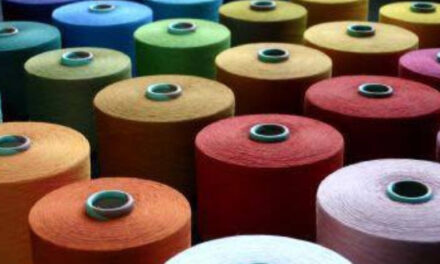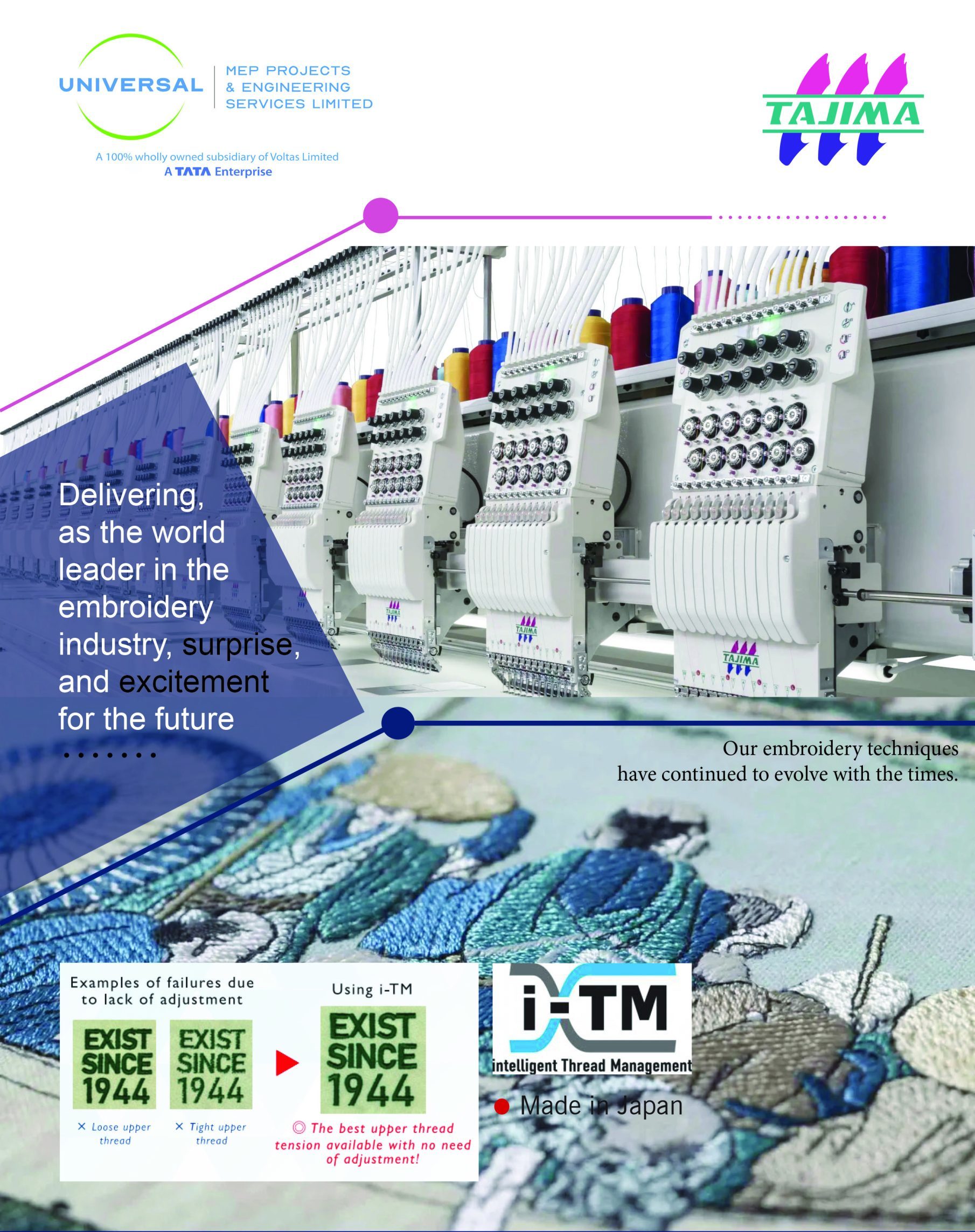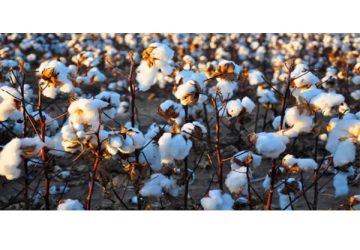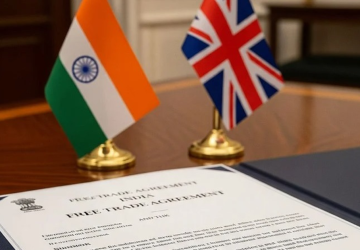
The growing middle-income population across Africa, Southeast Asia, and Latin America is driving demand for climate-resilient, cost-effective, and performance-driven apparel. A recent knowledge paper by the Confederation of Indian Textile Industry (CITI) and Wazir Advisors suggests that India’s manmade fibre (MMF) sector is well-positioned to tap into this opportunity.
The report highlights “white spaces” in the global MMF market where India can establish a first-mover advantage or regional leadership. One such space is affordable synthetic fashion tailored for emerging economies in the Global South. Currently, most global MMF suppliers cater predominantly to premium Western brands, leaving a gap India could fill.
India’s textile industry can diversify into producing and exporting niche synthetic garments such as lightweight hijabs, wrinkle-free uniforms, and climate-resistant workwear. However, to realise this potential, the study urges a focused expansion of India’s downstream MMF capabilities, particularly in value-added fabric processing and apparel manufacturing.
Though India has a solid foundation in producing polyester staple fibre and filament yarn, it lags in developing synthetic garmenting units that meet global quality standards and can deliver large volumes—unlike countries such as China and Vietnam.
To bridge this gap, the paper recommends strategic investments and the development of vertically integrated MMF clusters with shared infrastructure.
It also emphasises the importance of infrastructure-led initiatives like PM MITRA Parks, which should offer plug-and-play manufacturing setups and incentives to attract large-scale domestic and foreign investment in synthetic apparel.
Furthermore, government policies must ensure raw material security by facilitating the availability of high-quality inputs at competitive prices, the paper concludes.
















